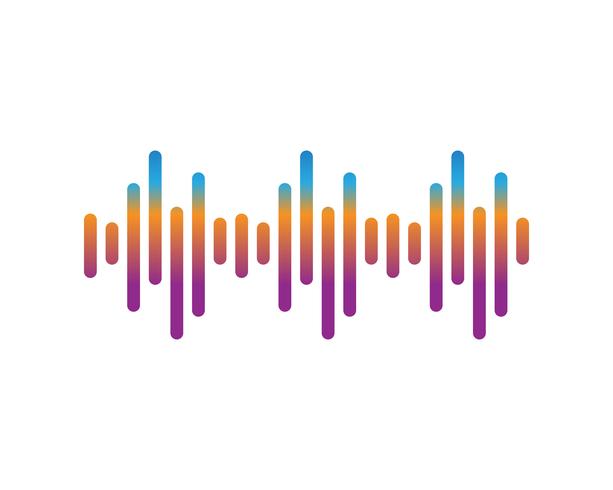Table of Contents
What is sonic branding and how do you use it effectively?
A logo and other graphical elements are naturally vitally important for brand recognition and awareness. But sonic branding can also be a part of brand identity and an extremely effective means of communicating.

Sonic branding: part of a brand’s DNA
When we talk about sonic branding, we often think about those little sequences of musical notes that accompany the appearance of a logo on screen. Wrong! Sonic branding is much more than that. It’s a part of a brand’s identity. Sonic branding helps to define a brand, to give it character, to make it attractive or authoritative, to create mystique, and so on. Of course, it’s not a commonly used as images and graphical elements. And, of course, not all brands need sonic branding. But for those that do opt for a sonic logo, it’s an integral part of their DNA. Simply put, it appeals to people’s ears rather than their eyes to tell the brand’s story and vision.
All sorts of sounds
So, in concrete terms, what exactly is sonic branding? Well, it’s a collection of sounds usually lasting 3–5 seconds that accompanies a brand’s messages. They’re used in TV adds, at the opening of mobile apps, on call centre phone lines, in videos, on the radio and in podcasts, and sometimes even on websites. They can be a melody, riff, sound effect or sample.
https://www.youtube.com/watch?v=YXWFYPk11GM
It can even consist of one or several voices. In such cases, brands have a tendency to pronounce or sing their name to music, which often makes their sonic logo sound a bit corny. An example? “Autoglass repair, Autoglass replace”. We can all agree that this sonic logo isn’t the best out there and even becomes annoying the more you hear it. But this irritating music that sticks in your head is a deliberate, integral part of the brand and shows the power that sound has over our memory: because the day that your windscreen cracks, it’s highly likely that this Autoglass will be the first repair company that comes to mind.
A key role to play
The role of sonic logos should not, therefore, be underestimated, as various studies have shown that music can influence consumer behaviour and have a real impact on sales. Sonic logos create deep engagement through an alternative communication channel. Sound brings emotion and dialogue that images simply can’t convey.
You can make your own sonic logo by creating your own sounds,or you can use a sound bank to combine different elements. But as with images, you need to make sure that you respect other people’s copyright. So, if you use a sound that you didn’t create yourself, you must make sure that you are legally entitled to use it.
Think hard about your sound
Before you do anything, creating effective sonic branding first requires a period of reflection. Just as for a graphic logo, you need to decide what it is you want to communicate. This message and the way it’s delivered need to be in keeping with the brand and its culture, values attributes and target audience. And, naturally, this message must be easily identifiable and different from that of competitors. The sonic logo must also be compatible with all the platforms on which it will be used, in other words, it needs to work well on a mobile phone, on a computer, on television, on the radio etc. And, of course, a sonic logo must be thought of as timeless or, at the very least, as a part of the brand that will last for a good few years. Because while an instrument or musical genre might be all the rage today, it won’t necessarily be in fashion in a couple of years’ time.
Keep it simple
Three seconds isn’t long at all, so simplicity is crucial. There’s only so much you can say, which means brands must keep it short but original and memorable. A perfect example is HBO’s sonic logo. This minimalist logo presents the brand’s universe: at the beginning it imitates the sound that old TV sets used to make when they were turned on, then it gives way to an almost religious chorus of male voices, as if to say get ready to watch something epic. Indeed, when we hear this sonic logo today, many of us expect the Game of Thrones theme tune to immediately follow.
Once a brand has decided on its sonic logo, it should use every channel available to publicise the logo as much as possible and associate it with the brand’s graphical logo for maximum impact: after all, brands don’t just communicate with people’s eyes.

